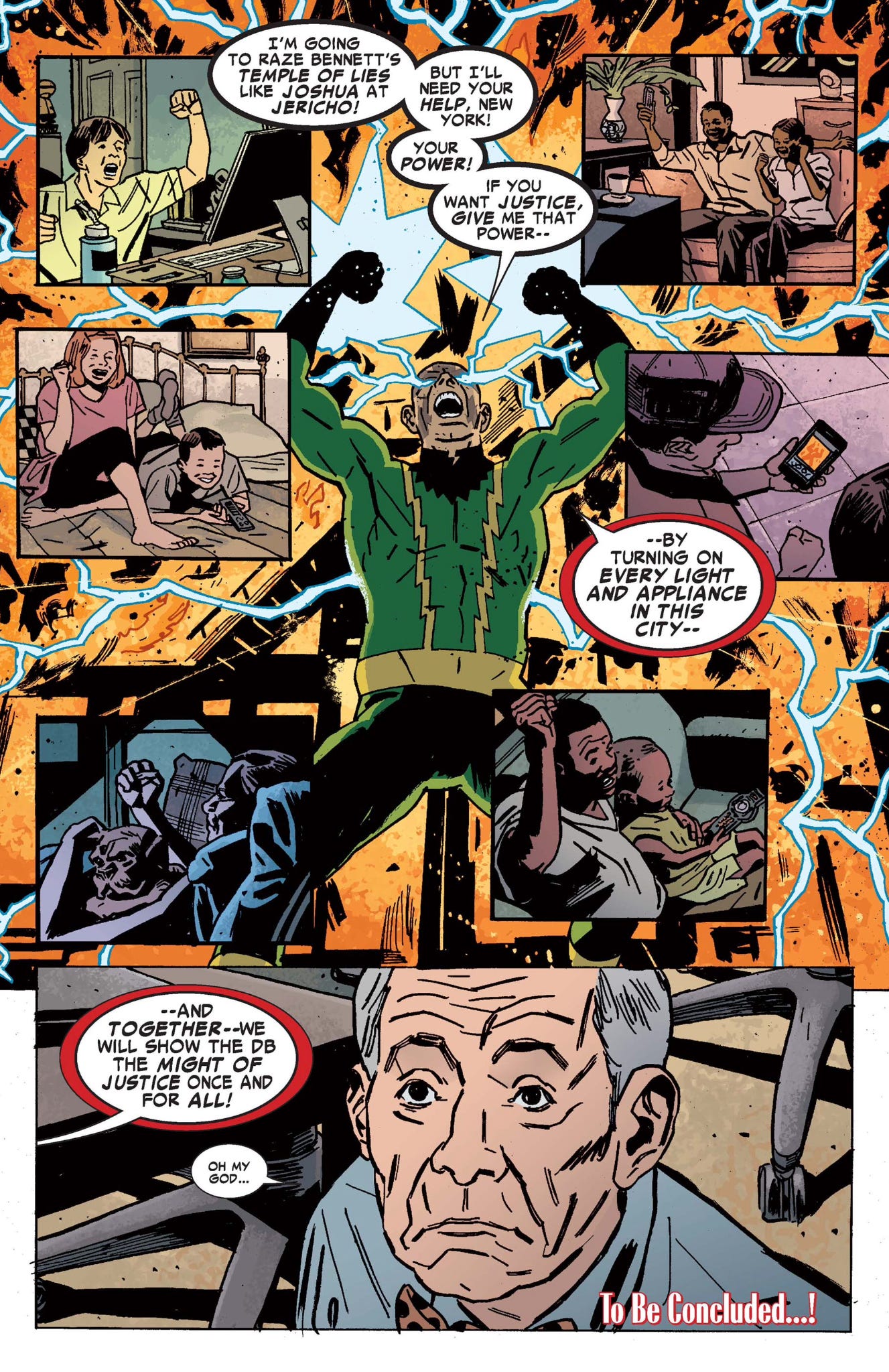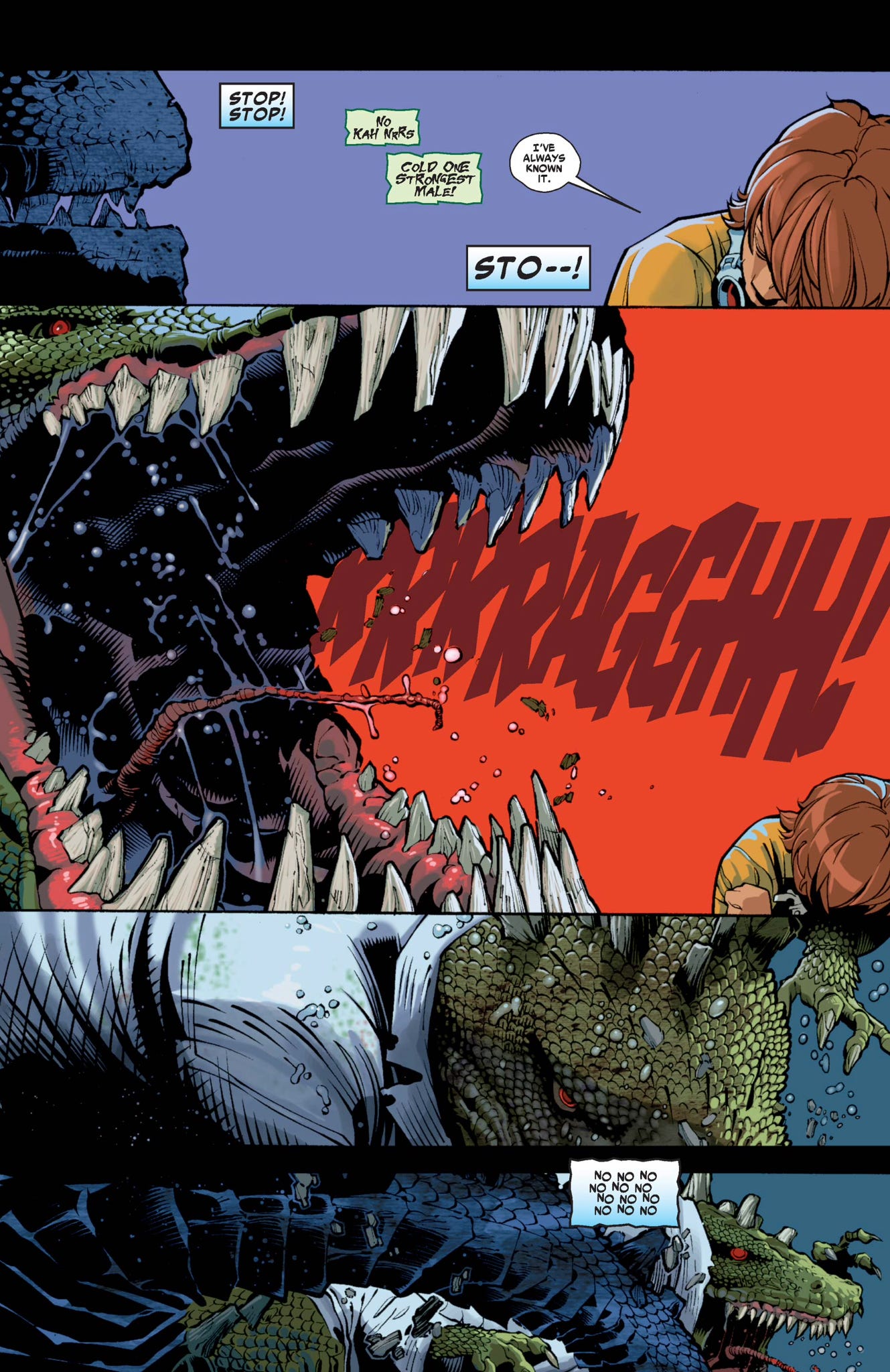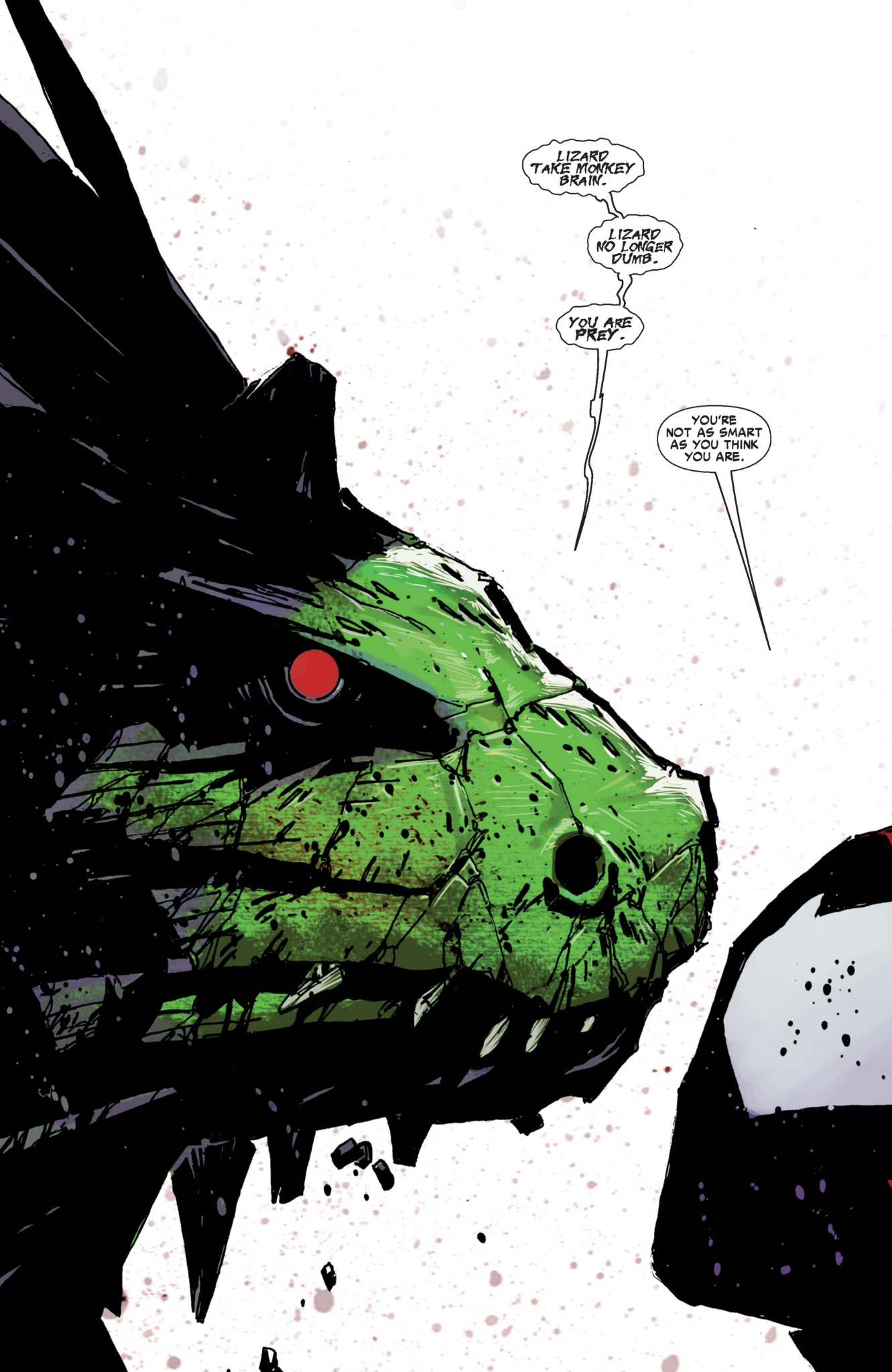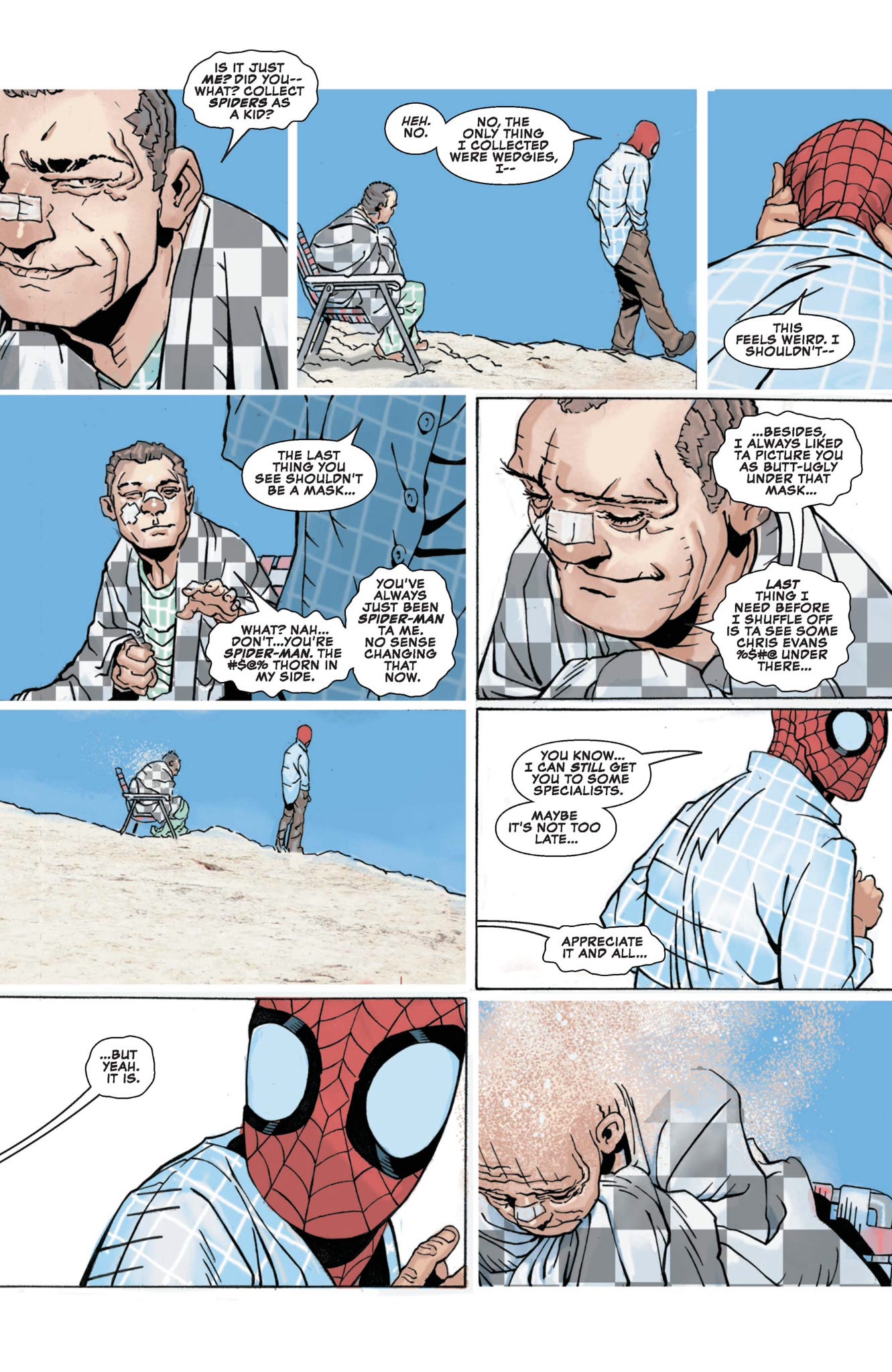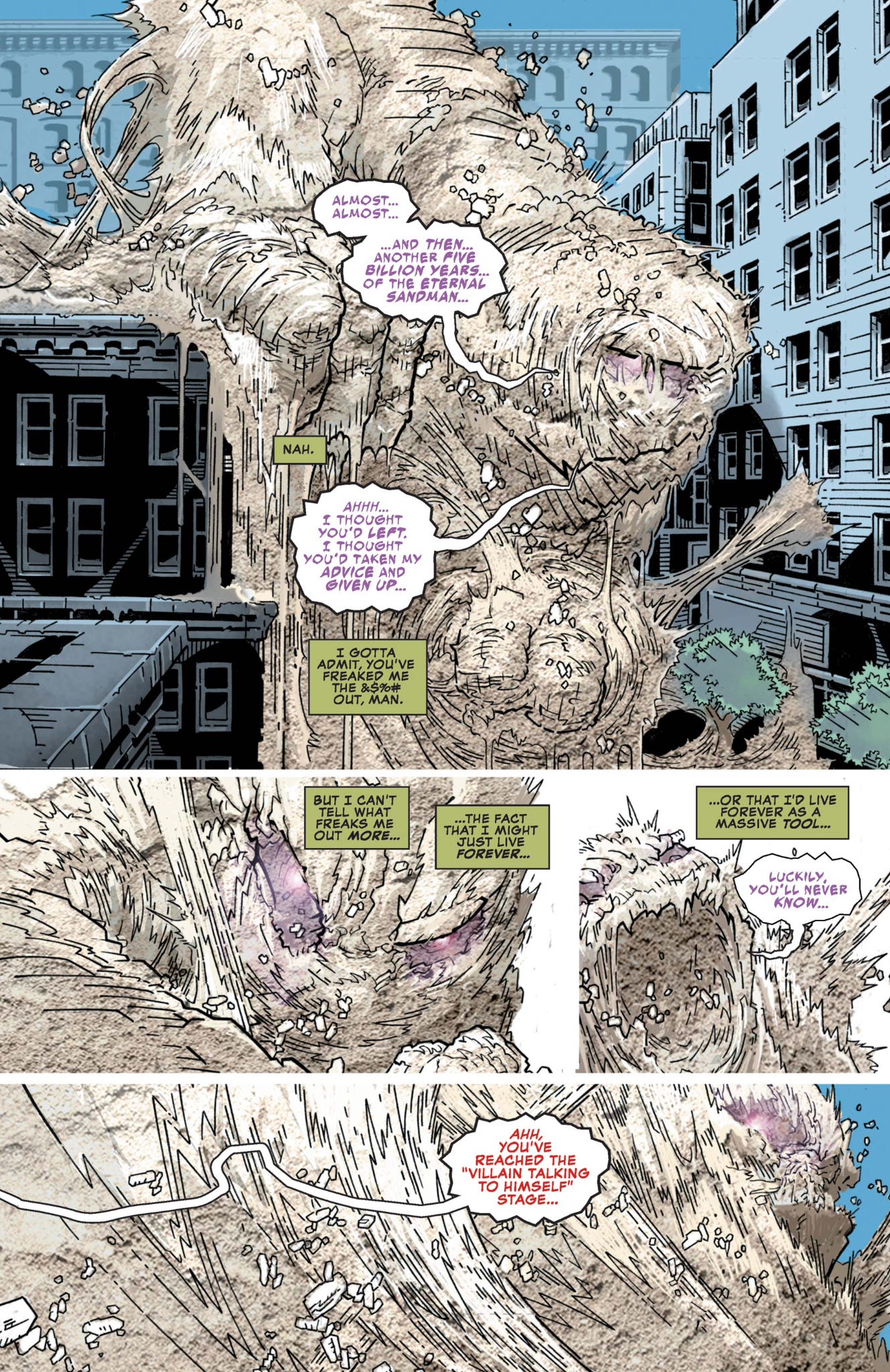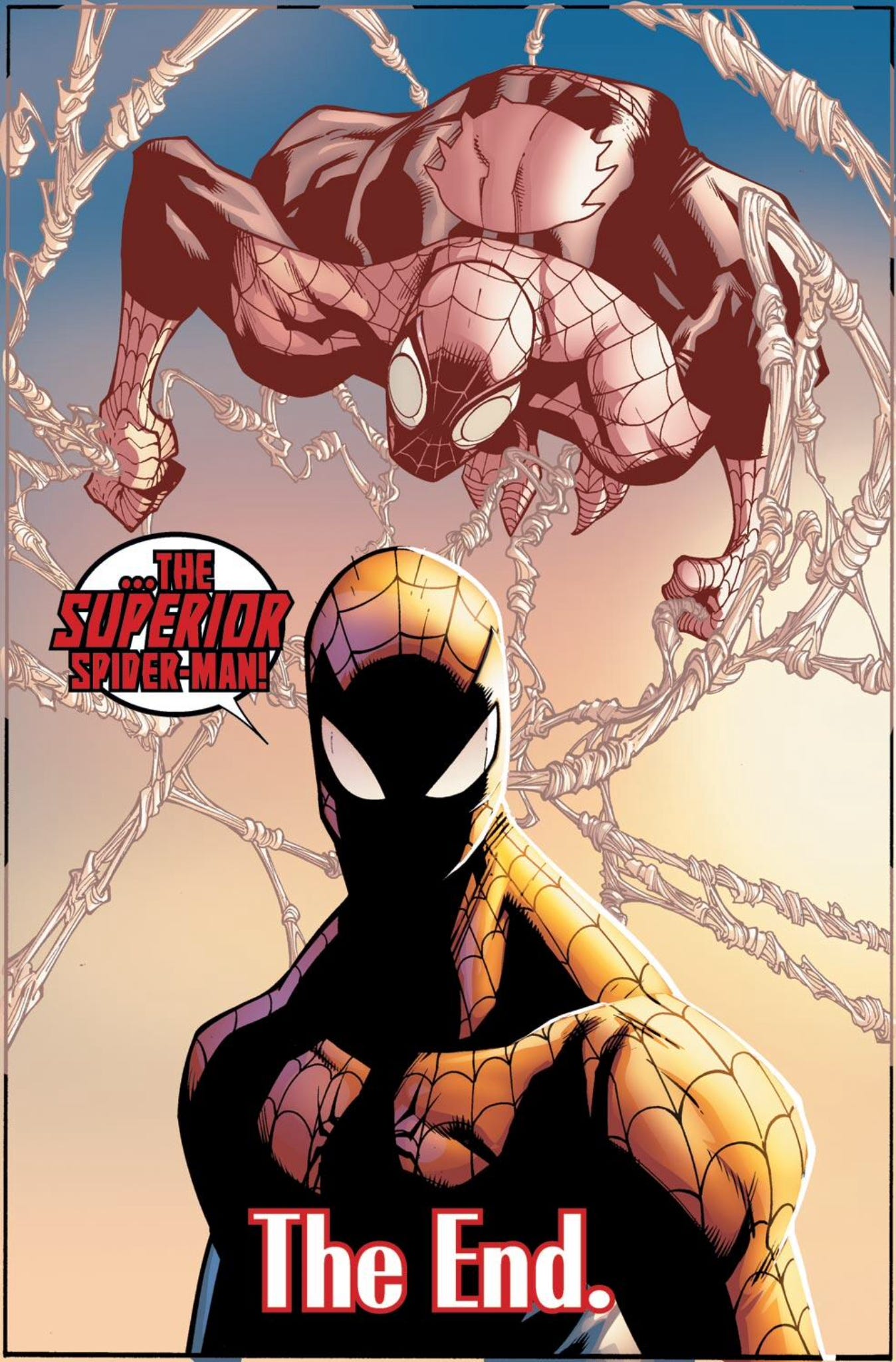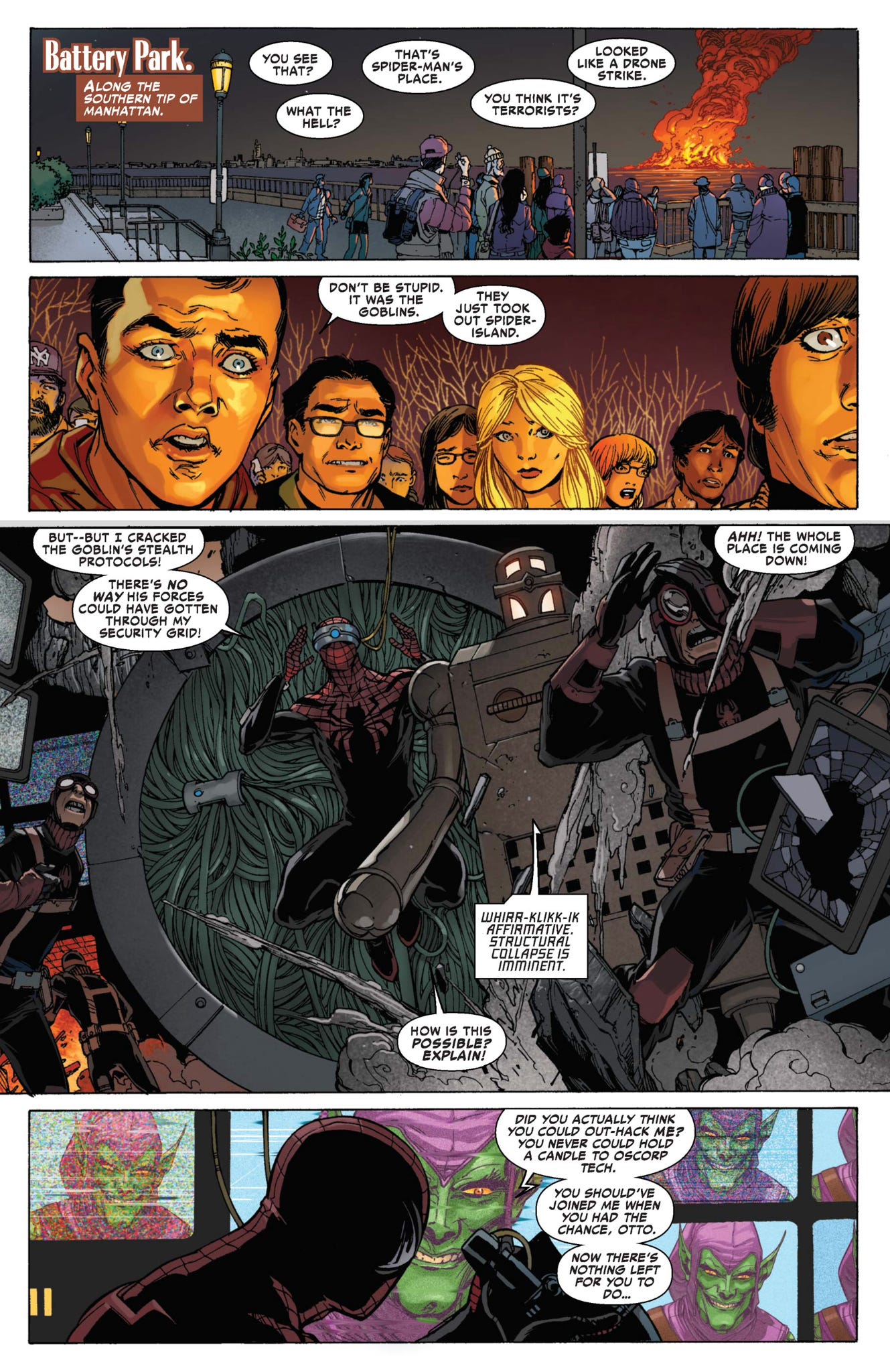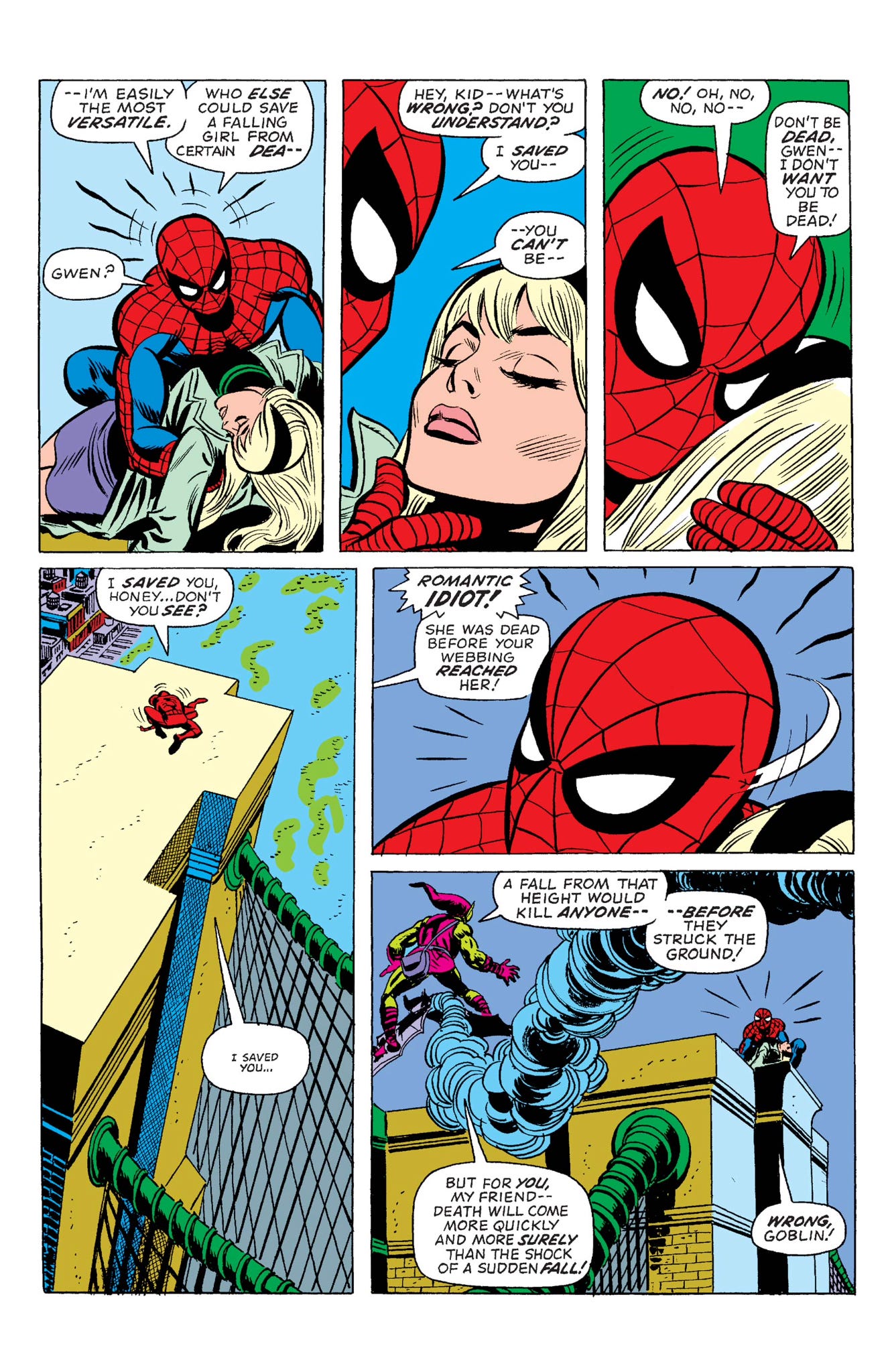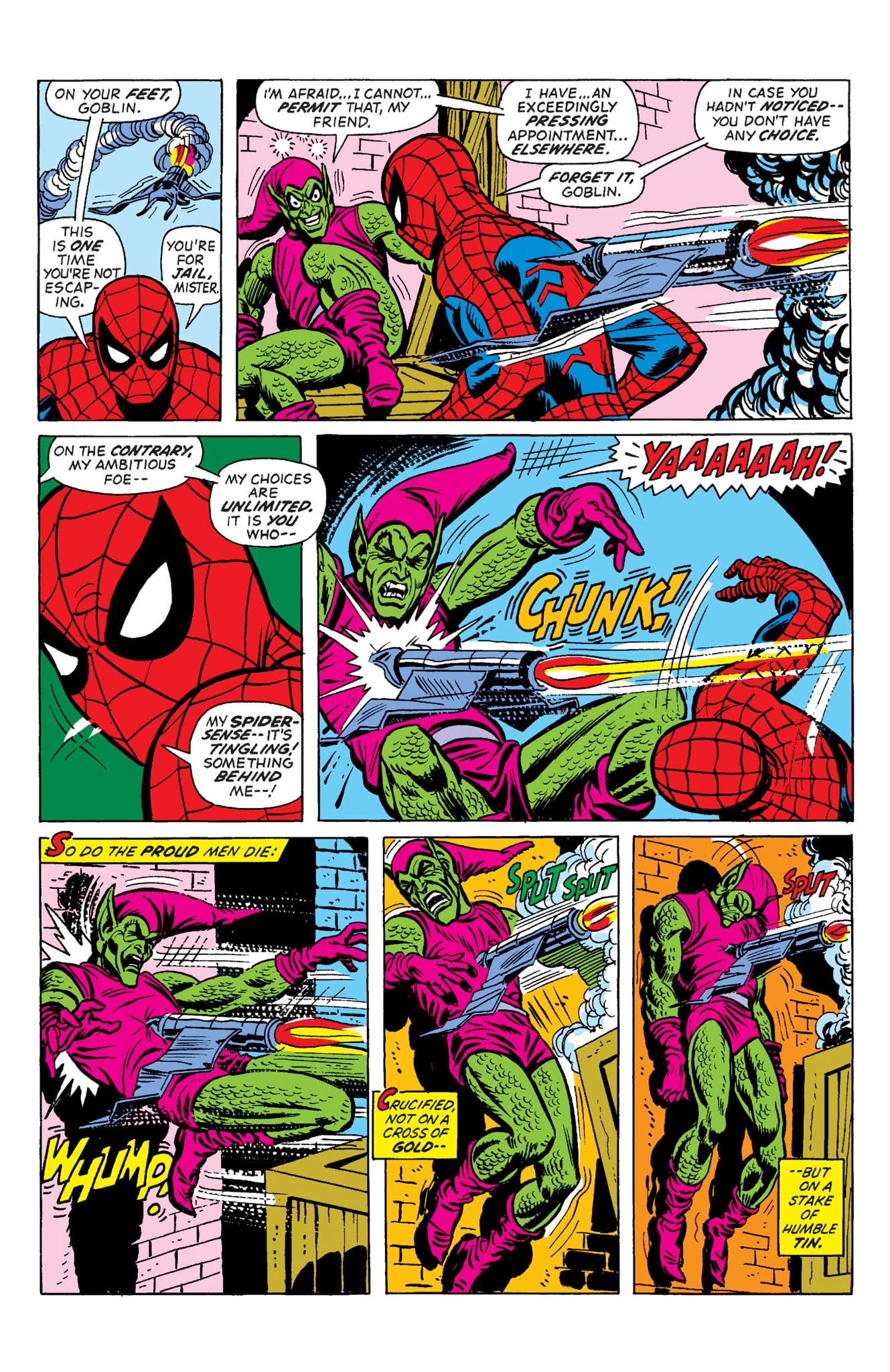Spider-Man: No Way Home’s Fearsome Five
My favorite comic book stories featuring the film’s villains
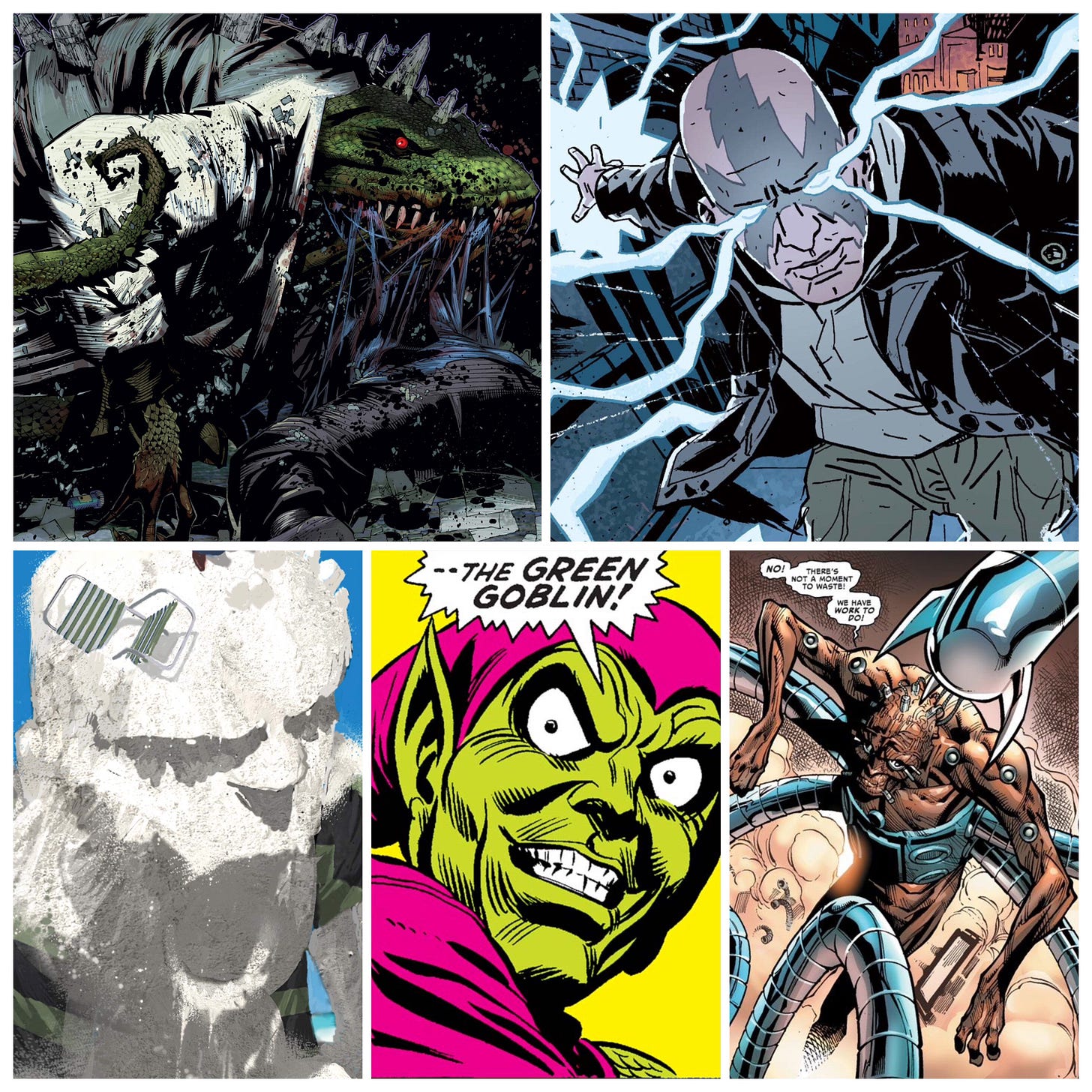
Apparently there was an obscure little film that released over the weekend called Spider-Man: No Way Home. For those unaware, the plot revolves around our friendly neighborhood Spider-Man as he does battle with five villains who previously appeared in the first two Spider-Man film franchises from Sony: Green Goblin, Doctor Octopus, Sandman, Lizard, and Electro (in chronological order by release date of their respective films). Multiversal shenanigans are all the rage these days in the Marvel Cinematic Universe, and what better way to take advantage of that trend than by mixing in a healthy dose of nostalgia? Box office numbers indicate that you have probably seen this movie already, so why not go seek out some comics featuring these classic baddies? Here are my personal favorite stories starring these villains.
Electro (Amazing Spider-Man #612-614)
Electro is a villain who has not had a ton of classic stories written for him despite having a pretty cool power set. He’s one of Spider-Man’s oldest foes dating back to the early days of Stan Lee and Steve Ditko, but most of his most famous stories involve him being part of the Sinister Six instead of a solo outing. One of the best comes from Mark Waid and Paul Azaceta in their “Power to the People” arc. Electro (whose real name is Max Dillon) is down on his luck as is often the case, and he decides to make an appeal to the citizens of New York City to help him bring down the billionaire class and stop corporate greed. It’s a pivot that resonates with the citizenry, and he uses his newfound popularity to try and keep Spider-Man off his back while trying to scrounge up enough money to pay for a lifesaving surgery that the villainous Mad Thinker assures him that he can provide. It’s a fun story that sees Electro receive a significant power boost while simultaneously trying to take hold of a legitimate movement in the streets in order to stroke his own ego. It gets to the heart of what makes Electro a compelling villain, and it raises his threat level to the point where he is a truly menacing threat to Spider-Man.
Lizard (Amazing Spider-Man #630-633)
Unlike Electro, there is no shortage of good stories involving Lizard. Lizard also happens to be one of my favorite villain on this list (in the comics that is). Lizard works as a villain because he is a truly tragic figure. Dr. Curt Connors is a brilliant scientist whose experimentation on himself to regrow his amputated arm transforms himself into a vicious reptilian monstrosity. He is constantly struggling to rein in his Mr. Hyde-like persona so that he can take care of his family. “Shed” by Zeb Wells and Chris Bachalo is far and away my favorite story about the character. Connors has once again reverted to his Lizard persona and is on a killing spree with Spider-Man once again being the only one who can stop him. It starts off as a pretty standard Lizard story, but it quickly takes an incredibly dark turn. Members of the Kravenoff family use the precognitive abilities of a kidnapped Madame Web to delay Spider-Man just enough for him to fail to stop Lizard from doing the most heinous thing imaginable: killing and eating his own son. The act is so monstrous that the Connors part of Lizard’s brain becomes completely dormant, and Lizard evolves into a new deadlier form. It’s one of the darkest Spider-Man stories ever, but Spider-Man never loses who he is while dealing with such a tragic situation. Also, Bachalo draws my personal favorite rendition of Lizard by a wide margin. He’s never looked cooler or more terrifying.
Sandman (Spectacular Spider-Man #308-309)
Sandman is a very interesting and complicated villain. He is portrayed as a hero almost as often as he’s portrayed as a villain, and “Cracked Hourglass” by Chip Zdarsky and Chris Bachalo somehow manages to nail both versions of the character. The story begins with Sandman coming to Spider-Man for help. He believes that he is dying as his body is deteriorating, and he’s hoping Spider-Man can figure out a cure for his dilemma. The first issue of the two-part arc is heartfelt and tragic as Spider-Man is unable to save his old foe, and he sits with him on the beach in his last moments as he dissipates. The second issue goes full pedal to the metal as it’s revealed that Sandman might actually be an immortal being, and this “death” was actually his evil self from five billion years in the future trying to take control of his body. It provides some incredible action as Spider-Man does physical battle with this more unhinged version of Sandman while the mind of present day Sandman works to regain control of his body. It’s a great story that wonderfully depicts how both fearsome and sympathetic the character can be.
Doctor Octopus (Amazing Spider-Man #698-700; Superior Spider-Man #1-33)
This one was an easy one. Doctor Octopus is one of Spider-Man’s oldest and most famous villains, but he hasn’t had as many chances to shine as you might expect. Some of his earliest tussles with Spider-Man saw him relying on his goons more than his own abilities. “The Owl/Octopus War” is a classic, but it isn’t collected in trade or available digitally for easy consumption. Most of his appearances in the ‘90s were as a member of the Sinister Six. It wasn’t until Dan Slott got his hands on the character that he was really elevated to a consistent top tier threat. The culmination of which was the “Superior Spider-Man” arc that began with Amazing Spider-Man #698 and continued for over a year and over thirty-five issues stretching across multiple titles with multiple artists (including Ryan Stegman, Humberto Ramos, Giuseppe Camuncoli, and more). The premise is as follows: Doc Ock is on his deathbed as his body fails following years of taking punches from our friendly neighborhood Spider-Man. From that deathbed he manages to enact his ultimate revenge by using a tiny drone to implant his mind into Spider-Man’s body (and vice versa). Now his powerful intellect has a body that is equally powerful, and his old foe is trapped in a withering body. After his old body dies with his nemesis along with it, Octavius embarks on a quest to prove that he is truly superior to Peter Parker by bringing an end to crime in New York City and enhancing his own reputation in the process. It’s an incredible story that sees Doc Ock do battle with numerous other villains such as Vulture, Hobgoblin, and Kingpin while the mind of Peter Parker lurks within his subconscious trying to figure out a way to regain control. The arc ultimately concludes with Otto going head-to-head with Spider-Man’s true archnemesis, Norman Osborn, and learning that maybe Peter Parker was more impressive than he realized.
Green Goblin (Amazing Spider-Man #121-122)
Norman Osborn. The Green Goblin. Spider-Man’s greatest nemesis. There are many great stories featuring this unhinged madman bankrolled by the massive corporate wealth of Oscorp. He’s the first villain to ever discover Spider-Man’s true identity. He’s the father of Peter Parker’s best friend. He orchestrated the “Clone Saga.” He faked the death of Aunt May. He received a federal government appointment and created his own Dark Avengers. He even got the Carnage symbiote at one point. The man has brought more pain and suffering to Peter Parker and his loved ones than any other villain, but the story that truly vaulted him to the top of Spider-Man’s rogues gallery took place in Amazing Spider-Man #121-122 written by Gerry Conway and drawn by Gil Kane. At this point in Spider-Man’s history Norman had lost his memory of his Green Goblin days, and Spider-Man was trying to keep it that way. Unfortunately, those memories return in #121 along with the knowledge that Peter Parker is Spider-Man. He immediately dons his costume, hops on his glider, and flies off to ruin Peter’s life. His first act of business is to kidnap Peter Parker’s girlfriend, Gwen Stacy, and take her to the top of the George Washington Bridge (after leaving a note for Spider-Man to find of course). Spider-Man meets his foe, and then the two do battle as Gwen lies unconscious. After Spider-Man lands a brutal blow that sends Norman reeling, he decides to fling Gwen off the bridge in an attempt to kill her for no other reason than to torment Peter. Spider-Man fires a web line to catch her, but the sudden force causes her neck to snap. She’s killed instantly, but Spider-Man doesn’t realize it until he’s holding her in his arms. It’s a devastating moment made all the worse by Green Goblin taunting Peter as he mourns. It’s a turning point for both characters as superheroes’ main supporting characters at the time (1973 to be exact) were considered off limits when it came to the threat of being killed off. Green Goblin killing off Spider-Man’s love interest crossed a line that had never been crossed in superhero comics, and it is something that still haunts Spider-Man to this day. Spider-Man goes looking for revenge in the following issue, and the two get into the most savage fight either had ever been in. Spider-Man comes to the edge of breaking his “no killing” rule before ultimately deciding to show mercy and spare his life. Unfortunately, Norman looks a gift horse in the mouth and tries to impale Spider-Man from behind with his glider. Spider-Man ducks out of the way because of advance warning from his spider sense, and Green Goblin ends up getting killed as he is impaled by his own glider. It’s a death that wasn’t reversed until twenty-three years later during the “Clone Saga,” and Gwen Stacy has never had her death reversed after all these years.
There you have it! Those are the stories I most recommend if you’re looking to better understand the source material for the villains appearing in the biggest movie of the year. All of these comics are available digitally in Marvel Unlimited and ComiXology, and they are collected in various trades as well. Have your own favorites that I didn’t mention? List them in the comments below!




